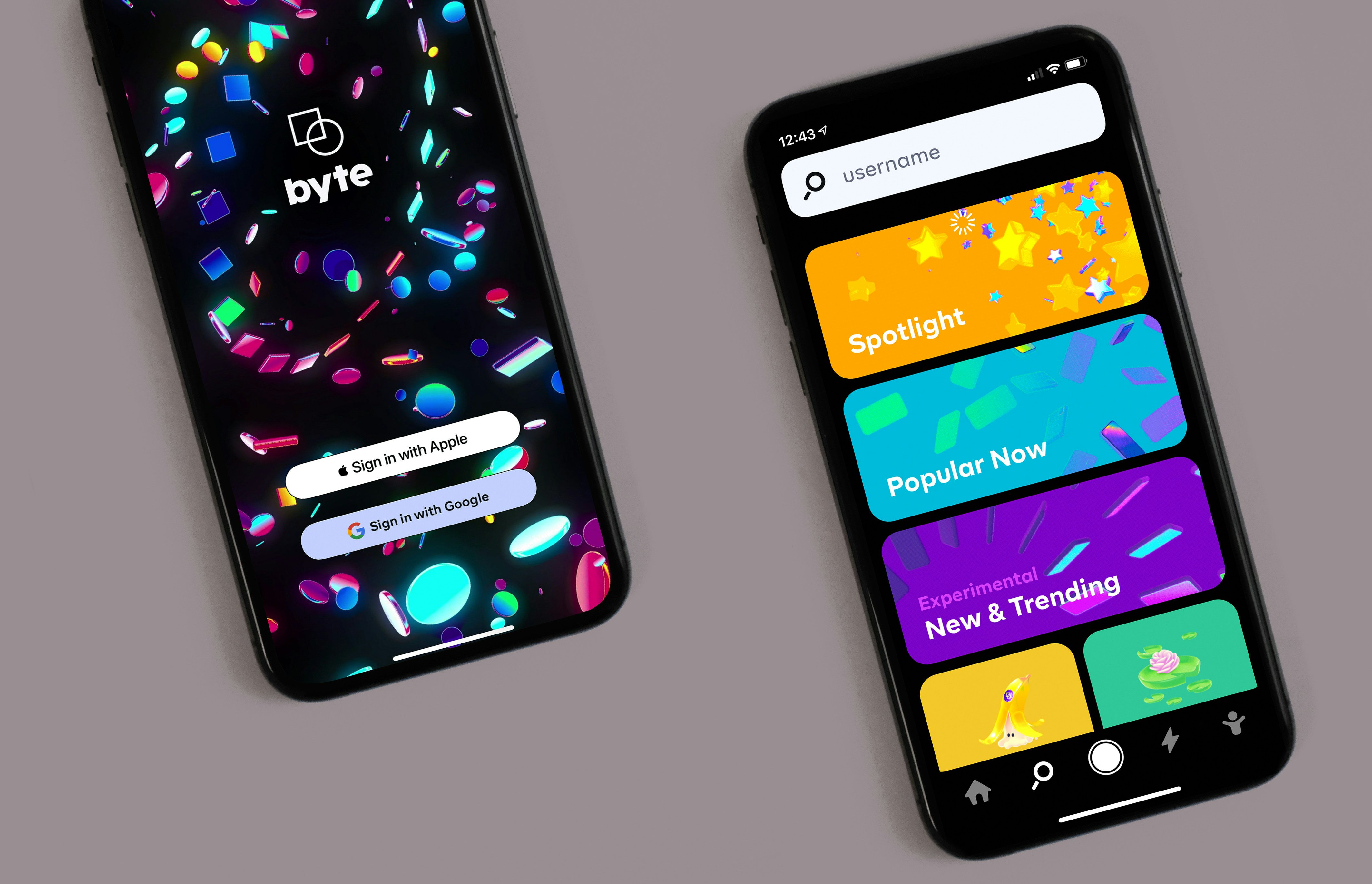Introduction
In the competitive world of app development, visibility and user acquisition are critical. Custom Product Pages (CPP) for Apple’s App Store and Custom Store Listings (CSL) for Google Play represent a revolutionary step forward in App Store Optimization (ASO).
Image caption goes here
These tools allow developers to create multiple, tailored versions of their app store pages, enhancing user engagement and conversion rates. This article delves into the benefits and best practices of utilizing CPP and CSL to maximize your app’s success.
What Are Custom Product Pages?
Custom Product Pages are unique versions of an app’s store listing on Apple’s App Store. Developers can create up to 35 different pages, each with distinct screenshots, promotional texts, and app previews. Similarly, Google Play’s Custom Store Listings offer the ability to create up to 50 unique listings. These pages are tailored to specific user segments, marketing campaigns, or geographical locations.
Benefits of Custom Product Pages
1. Targeted Marketing:
- Personalization: Custom Product Pages allow developers to tailor content to specific user groups. This means you can customize the app store experience based on demographics, interests, or behaviors.
- Campaign Optimization: By aligning custom pages with specific marketing campaigns, you can enhance the relevance and effectiveness of your advertising efforts.
2. Improved User Experience:
- Consistency: Consistent messaging across advertisements and custom pages ensures a seamless transition for users from ad click to app download.
- Relevance: Customizing app store pages to match the interests and needs of different user segments can lead to higher engagement and conversion rates.
3. Localized Content:
- Regional Appeal: Custom pages can be localized with language-specific content, culturally relevant imagery, and regional promotions. This makes the app more attractive to users from different geographic areas.
Creating Effective Custom Product Pages
1. A/B Testing:
- Iterative Optimization: Regularly test different versions of your custom pages to identify which elements perform best. Use A/B testing to compare variations and refine your approach based on user data.
2. Consistent Messaging:
- Alignment with Ads: Ensure that the content on your custom pages matches the visuals and messages used in your advertising campaigns. This consistency helps build trust and reinforces your marketing message.
3. Highlight Key Features:
- Feature Emphasis: Customize your pages to highlight the most relevant features and benefits for each target audience. This can significantly enhance the appeal of your app to different user groups.
4. High-Quality Visuals:
- Engaging Content: Use high-quality images and videos that clearly demonstrate the app’s value. Engaging visuals can significantly impact a user’s decision to download your app.
5. Monitor Performance Metrics:
- Data-Driven Decisions: Keep a close eye on performance metrics such as click-through rates, conversion rates, and user retention. Analyzing these metrics helps you understand the effectiveness of your custom pages and informs future optimization efforts.
Implementing Custom Product Pages
1. Understand Your Audience:
- Segmentation: Identify key segments of your audience and their unique needs. Use this understanding to create personalized content that resonates with each segment.
2. Utilize Analytics:
- Performance Tracking: Leverage analytics tools to track the performance of each custom page. Use insights from this data to make informed decisions and improve your custom pages.
3. Optimize Ad Campaigns:
- Integration: Integrate custom pages into your ad campaigns to create a cohesive user journey from ad click to app download. This integration can enhance the overall effectiveness of your marketing efforts.
4. Leverage Feedback:
- User Insights: Collect feedback from users who interact with your custom pages. Use this feedback to refine and improve your pages continually.
Conclusion
Custom Product Pages and Custom Store Listings are powerful tools in the realm of app store optimization. By leveraging these tools, app developers can create targeted, engaging, and high-converting app store experiences tailored to specific user segments. Implementing best practices such as A/B testing, consistent messaging, and performance monitoring can significantly enhance your app’s visibility and conversion rates.



